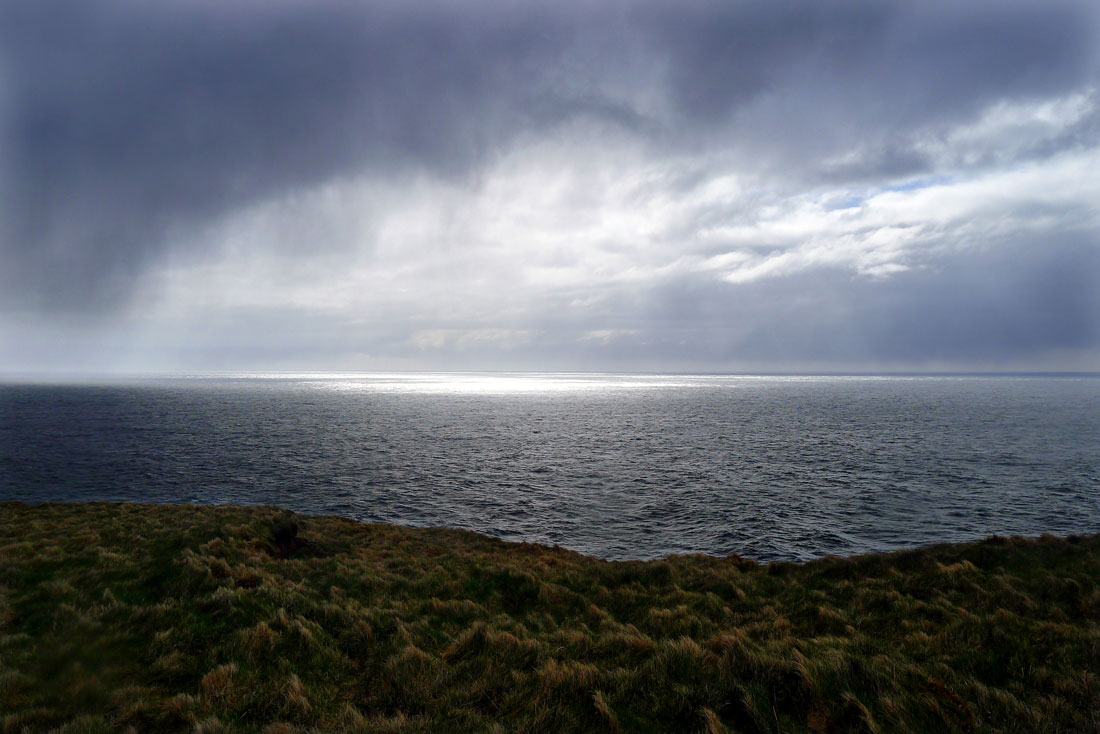
Storm or calm, the Pentland Firth is always deceptive. As a photographer, for me this moment was one of transcendence and peace. Yet I know that the Pentland Firth is one of the most dangerous stretches of water in the world.
The Pentland Firth is famous for the strength of its tides, which are among the fastest to be found, a speed of 30 kilometres per hour (16 kn) being reported close west of the Pentland Skerries. The force of the tides gives rise to overfalls and tidal races which can occur at different stages of the tide.
The Swelkie is an example of a tidal race and is located at the north end of the island of Stroma. It extends in an easterly or westerly direction depending on the tide and can be particularly violent. The whirlpool of the same name was, according to a Viking legend, caused by a sea-witch turning the mill wheels which ground the salt to keep the seas salty. The name derives from an Old Norse term, Svalga meaning “the Swallower”.
In addition to The Swelkie, races form at both the north and south ends of Stroma and the island of Swona. Between the races there is a calm eddy which extends down tide as the tide strengthens. The races are highly visible with overfalls and whirlpools. Large swell waves can also be present, especially in bad weather conditions. When entering or leaving the eddies and crossing the races, even large powerful vessels can be pushed off course, such is the demarcation between the relatively calm eddy and the fast-moving tide in the races.
Plenty of hardy marine wildlife can been seen around the Firth and includes: seals, dolphins, porpoises, minke whales, killer whales, basking sharks and turtles.
Information: Wikipedia



